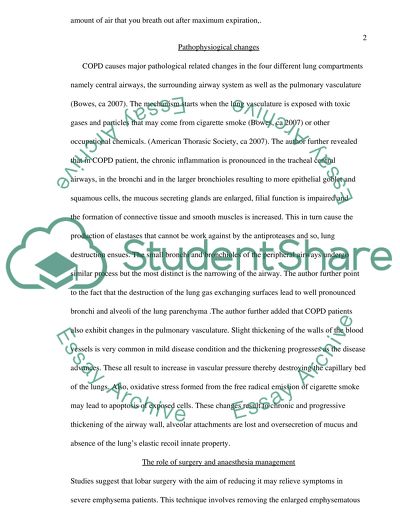Cite this document
(“Anaesthetic Management Essay Example | Topics and Well Written Essays - 3500 words”, n.d.)
Anaesthetic Management Essay Example | Topics and Well Written Essays - 3500 words. Retrieved from https://studentshare.org/health-sciences-medicine/1513420-anaesthetic-management
Anaesthetic Management Essay Example | Topics and Well Written Essays - 3500 words. Retrieved from https://studentshare.org/health-sciences-medicine/1513420-anaesthetic-management
(Anaesthetic Management Essay Example | Topics and Well Written Essays - 3500 Words)
Anaesthetic Management Essay Example | Topics and Well Written Essays - 3500 Words. https://studentshare.org/health-sciences-medicine/1513420-anaesthetic-management.
Anaesthetic Management Essay Example | Topics and Well Written Essays - 3500 Words. https://studentshare.org/health-sciences-medicine/1513420-anaesthetic-management.
“Anaesthetic Management Essay Example | Topics and Well Written Essays - 3500 Words”, n.d. https://studentshare.org/health-sciences-medicine/1513420-anaesthetic-management.


